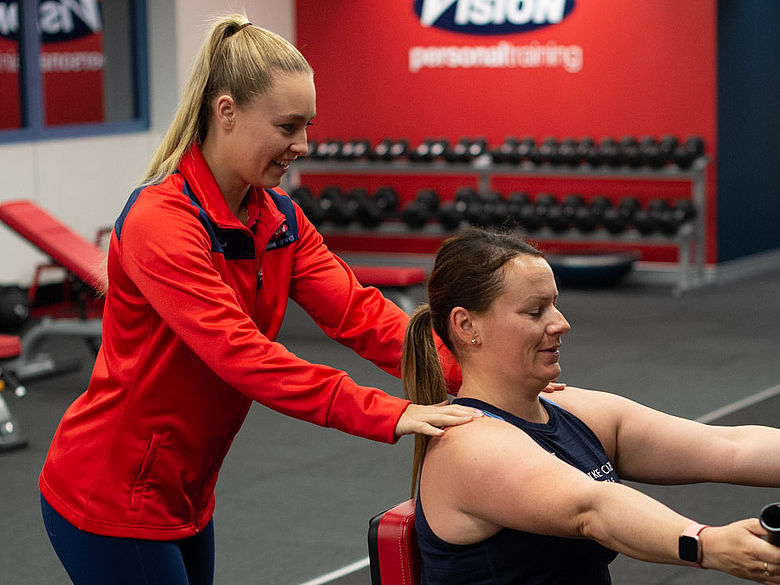Running for Success- Part 2
As I write this article the countdown to the 2018 Sydney Running Festival is a mere 33-days away, the Melbourne Marathon Festival is only 61 days away! With these events marking the end of the running calendar for most, what a better time for more running education!
If you tuned into part one of the running for success series you'll have a brief understanding of running gait and how it not only differs to the biomechanics of walking but the emphasis of running as a skill that needs to be practiced and earned! Carrying on from the previously discussed improvements that could be made in posture, arm drive and stride length! Let's build on this knowledge with the following:
Body Position- Using gravity lean as a whole unit from the ankles as opposed to the hip! This allows a midfoot strike and the centre of mass to stay over your foot under load.
Breathing- Generally speaking you don't think about every individual breath that you take because it's controlled by the body's autonomous nervous system! Think of the nervous system as the control room that allows you to regulate, move, sense and think!
Just like the stresses of everyday life running can cause what you call a sympathetic or chest dominant breathing pattern! It's recommended that breathing whilst running is parasympathetic, meaning its controlled/originates from the diaphragm! Research indicates a direct relationship exists between diaphragm breathing and the increased stability of the lower back, improved hip mobility and an increase in lung volume! Consequently, allowing a more balanced breathing rate to be established that has a reduced energy cost!
Pull with the Hamstring- Learning to land and pull the foot underneath the hip prioritises the hamstring as a prime mover therefore reducing the prolonged strain on the hip flexors and a tilted pelvic posture during running gait.
Cadence- This term describes the beats or steps per minute! A cadence between 160-180 BPM (80-90 steps each leg) has been linked to increased muscle tendon elasticity and a reduced ground contact associated with heel striking. This in theory has the potential to minimize weakness, imbalance and compensation patterns! Using applications such as Audiostep and MusicMotion can be a helpful tool to gain insight to your current cadence and gauge improvement!
As mentioned previously whilst a perfect running blueprint exists in theory there is many individual variables that can influence its execution! However even the partial application of the blueprint over time can assist in running faster and injury free for longer!
Matt Grant
Vision PT Sylvania
*Disclaimer: Individual results vary based on agreed goals. Click here for details.
